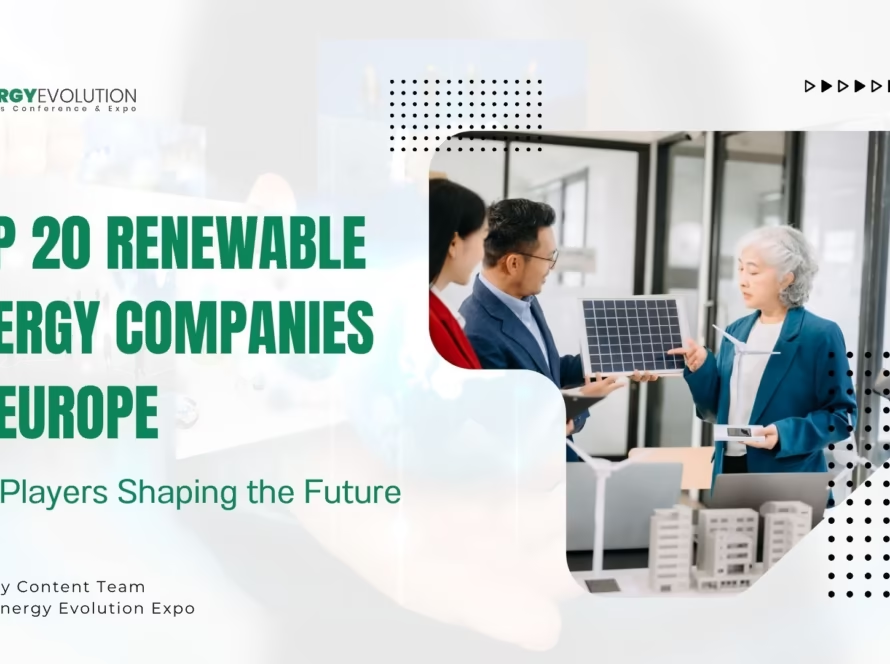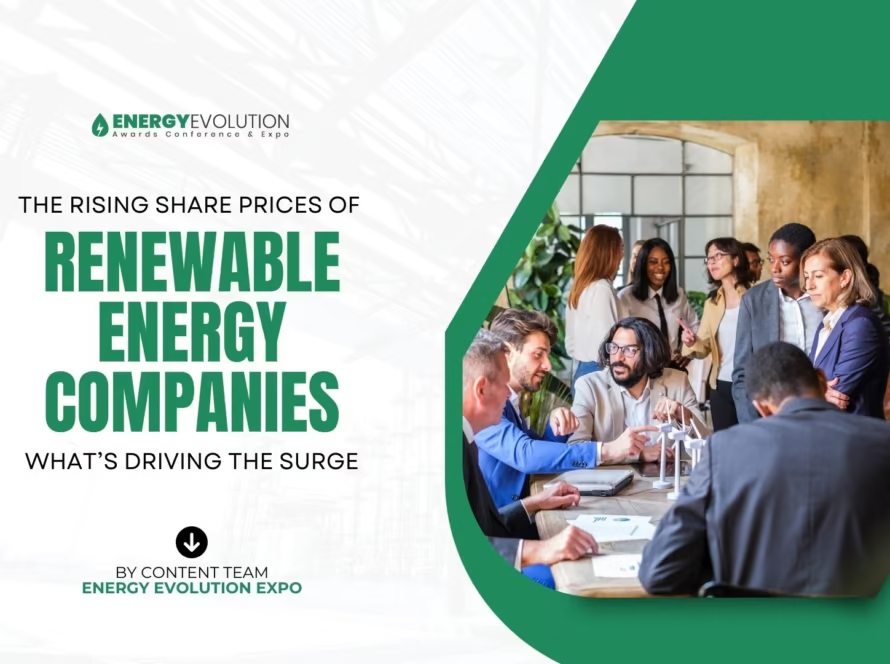How Organic Waste is Powering the Biofuel Revolution
In the face of climate change, energy insecurity, and growing waste management challenges, converting organic waste into biofuels has emerged as a compelling solution. Although interest in bioenergy first surged during the 1970s energy crisis, it has recently regained momentum. Rising greenhouse gas emissions, unpredictable fossil fuel prices, and the urgent demand for sustainable transport fuels have accelerated research in this field. Bioenergy, derived from organic matter known as biomass, is now viewed as a key contributor to the global transition toward cleaner, more sustainable energy systems.
From Waste to Fuel: Types of Biofuels
Biomass is a renewable resource that comes in many forms—ranging from agricultural and forestry residues to industrial waste, food waste, and municipal solid waste (MSW). Unlike first-generation biofuels made from food crops such as corn, sugarcane, and soybean, second-generation biofuels use non-edible sources like straw, corn stover, wood chips, used cooking oils, and even microalgae. These feedstocks are not only abundant but also help solve waste disposal issues. For example, sawmill waste can fuel boilers or be converted into ethanol, while sugarcane bagasse and palm kernel cake can produce ethanol or biochar. Used cooking oil offers a low-cost, environmentally friendly input for biodiesel production. Meanwhile, microalgae are increasingly gaining attention due to their high oil content and rapid growth, without requiring agricultural land or freshwater.
Key Waste-to-Energy Technologies
Transforming biomass into energy involves advanced technologies that fall into several categories. Thermochemical conversion includes processes like pyrolysis, gasification, and combustion. Pyrolysisbreaks down biomass in the absence of oxygen to produce bio-oil, syngas, and biochar. Gasification uses controlled oxygen at high temperatures to create syngas, while combustion burns biomass directly to generate heat or electricity. On the biochemical side, anaerobic digestion is widely used to turn agricultural waste, food scraps, and sewage sludge into biogas. Fermentation is commonly applied to produce ethanol from sugar-rich feedstocks, while photobiological processes utilize microalgae to generate hydrogen in the presence of light.
A particularly promising development is the use of Microbial Fuel Cells (MFCs), which employ electrogenic bacteria to generate electricity from organic waste under anaerobic conditions. These systems can simultaneously treat waste and produce power, making them ideal for household, agricultural, and municipal applications. Innovations in MFC design—such as using Ti-TiO₂ electrodes and optimizing microbial activity—are steadily increasing their power output and efficiency. Additionally, transesterification, a chemical process that converts fats and oils into biodiesel, has emerged as the most effective method for improving fuel quality and compatibility with existing diesel engines.
Why It Matters
Harnessing waste for biofuel production not only reduces landfill burdens and pollution but also contributes to energy independence and climate action. It’s a pivotal step toward a circular economy, where waste becomes a resource instead of a burden. Governments, industries, and research institutions are increasingly collaborating to scale up these technologies and bring them into the mainstream energy mix.
Looking Ahead: The Role of Energy Evolution Award & Conference
To highlight and accelerate this progress, global forums such as the Energy Evolution Award & Conference play a crucial role. These events recognize outstanding achievements in sustainable energy and provide a platform for innovators, investors, and policymakers to share breakthroughs and scale impactful solutions. Celebrating advancements in waste-to-bioenergy technologies, such conferences foster collaboration and inspire the next generation of clean energy leaders.
Conclusion
Waste-to-biofuel technologies offer a powerful path toward clean, circular energy systems. By converting organic waste into valuable fuels, we reduce pollution, cut reliance on fossil fuels, and unlock economic benefits. Events like the Energy Evolution Award & Conference are essential for spotlighting innovation, encouraging collaboration, and driving global momentum in renewable energy. As technology advances, these solutions will play a central role in shaping a more sustainable energy future.




